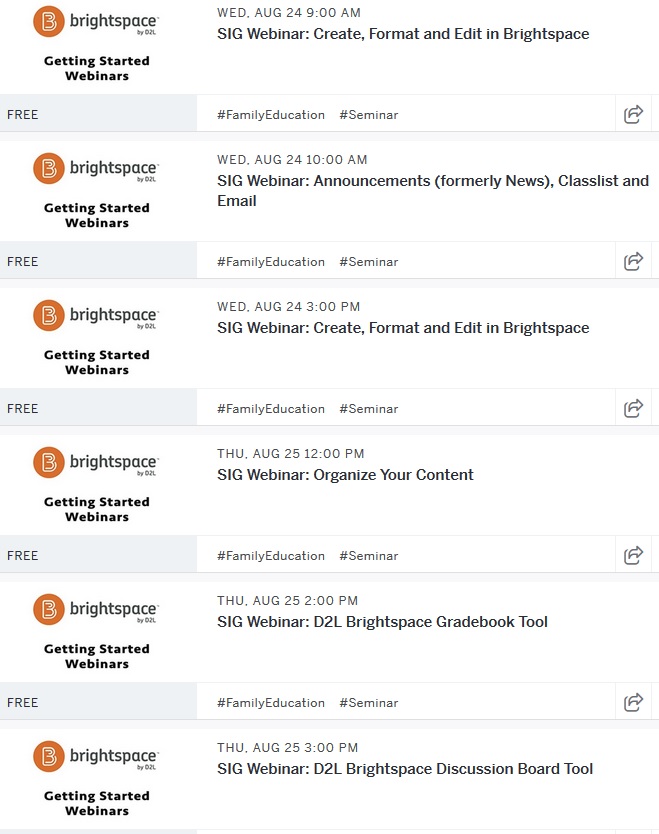Respondus 4.0 News can be found here.
Instructors use Respondus 4.0 because it saves them time preparing online tests. Lots of time. Here are just five ways Respondus 4.0 accomplishes that.
1. Import Wizard
The feature with the greatest time-saving potential is the Import Wizard. Questions for an entire exam can be imported with Respondus 4.0 in minutes. For example, an exam already in MS Word format can be imported with images, equations, tables, and most types of formatting. This article explains how it works: Importing Questions from MS Word with Respondus 4
2. Respondus Test Bank Network
Publisher test banks typically include thousands of questions for a textbook, but using the questions to create online exams can be cumbersome — unless you use Respondus 4.0. Over 25 of the leading textbook publishers in higher education make their test banks available from the Respondus Test Bank Network. These ready-to-use questions make creating an online exam a breeze with Respondus 4.0. Learn more by watching this video: Using Publisher Test Banks with Respondus 4.0
3. Publish Wizard
The Publish Wizard is part of the “magic” of Respondus 4.0. Once an exam is created, it takes less than a minute to publish an assessment to one or more courses in a Learning Management System. When an institution has a campus-wide license, administrators can input “preconfigured server settings” so instructors only have to enter their user name and password for the LMS. This video shows how it can be set up: Using Preconfigured Server Settings
4. Moving Exams Between Learning Systems
Respondus 4.0 makes it easy to move exams from one learning system to another. This is useful when more than one LMS is used at an institution, or when an instructor moves to an institution using a different learning system. Simply “retrieve” the original exam using Respondus 4.0 and then “publish” it to the new system. The entire process takes just a few minutes, as shown in this video: Moving Assessments Between Two Learning Systems
5. Working Offline
Sure, you usually have access to an Internet connection. But when you don’t, it’s nice to be able to get work done with Respondus 4.0 because most tasks can be done offline. The client-based interface for Respondus 4.0 is also faster than web-based applications because you don’t have to wait for web pages to load.
A few minutes here, a few hours there … it all adds up to tremendous time savings with Respondus 4.0. You won’t find a faster way to create online test.
(This post taken from Respondus.com Blog.)







